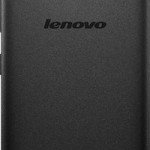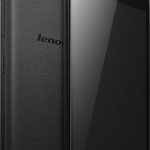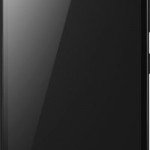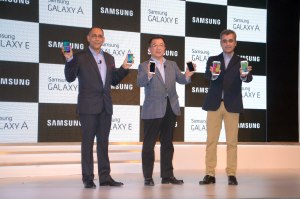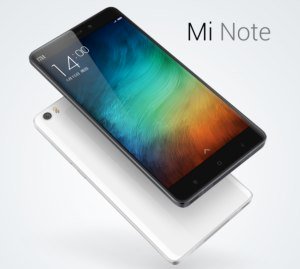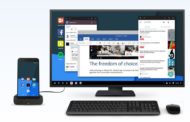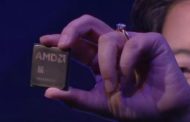Taking cues from the immense success of affordable smartphones in the country, Lenovo has announced its new smartphone A6000 packing 4G LTE and top-notch hardware comparable to that of the phones launched by the competition (read Xiaomi).
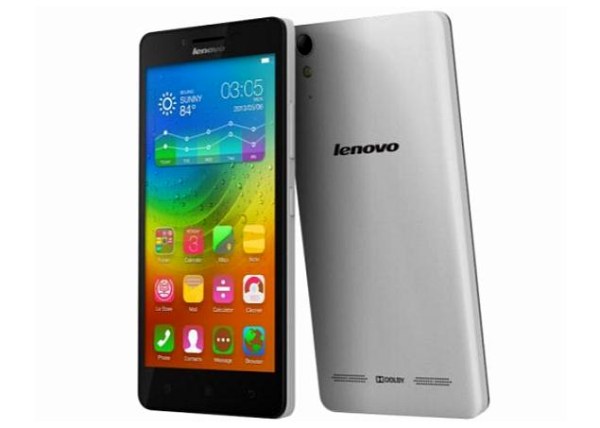
Lenovo A6000 is the Indian variant of Lenovo K3 which was launched in China last month. In its effort to make the phone really affordable and attractive, Lenovo has ditched the traditional route of launching the phone via brick-and-mortar stores. The A6000 will be available on India’s leading etailer flipkart.com in a few days. In fact, the phone is already listed with its official specifications on flipkart but its price in INR hasn’t yet been announced.
Lenovo hasn’t revealed the price tag of A6000 but it is indicated that the phone will hit Indian market bearing a price tag under Rs. 10,000. It’s international variant- Lenovo K3 retails for around $169.
Lenovo A6000 Gallery
If you compare it with the upcoming Xiaomi Note 4G then the only major differences in the hardware are- its smaller 5” HD display vs 5.5” HD screen of the Note 4G, faster 64-bit Snapdragon 410 chip vs the 32-bit Snapdragon 400 chip of the Note 4G, half the RAM than the Note 4G’s 2GB RAM, and a 2300 mAh battery vs 3100 mAh battery of the Xiaomi Note 4G.
If you are comparing this phone with other phones under Rs. 10k then you should note that it has 1 GB RAM, Snapdragon 410 chip, 5” HD display, 2300 mAh battery, 8MP AF rear camera with LED flash and a 2MP front shooter, and Android KitKat OS. And the best of all… support for Indian 4G networks.
Lenovo A6000 Specifications
[table id=LenovoA6000 /]
If you wanted to buy a good value-for-money phone supporting 4G LTE and the standard hardware combo under Rs. 10,000 then you should look no further than the Lenovo A6000. Ok? Well, the only downside to A6000 which we suspect might affect its sales is its 2300 mAh battery. Xiaomi Redmi Note 4G comes with a 3100 mAh Li-Po battery.
There is no official word on its launch date in the country but we expect it to be launched by the end of January 2015.

